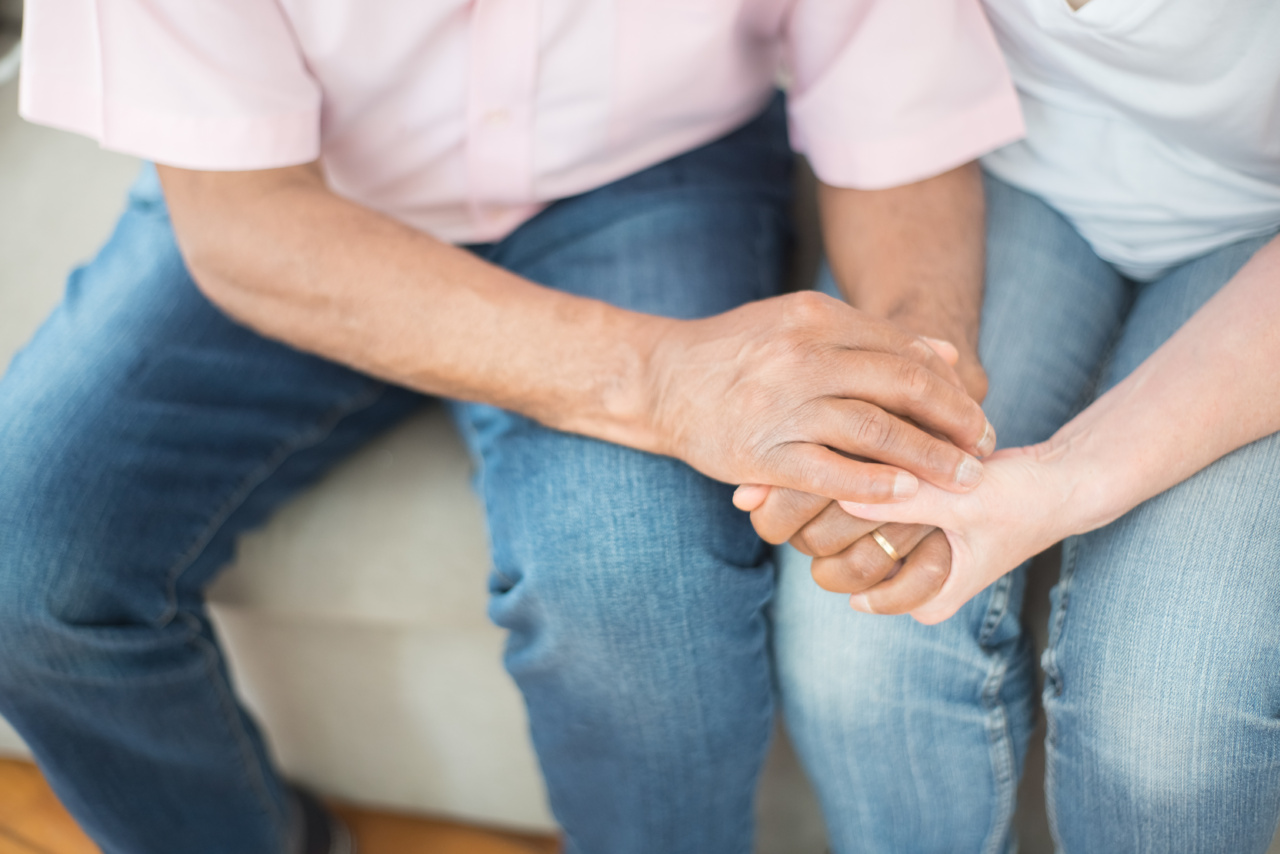Urinary incontinence is a common condition that affects millions of people worldwide. It is the unintentional loss of urine, which can be embarrassing and significantly impact daily life.
However, with the right coping strategies and support, individuals can effectively manage this condition and maintain a high quality of life.
Understanding Urinary Incontinence
Urinary incontinence can result from various underlying causes, such as weakened pelvic muscles, urinary tract infections, hormonal changes, nerve damage, or certain medical conditions.
It is crucial to consult a healthcare professional to identify the specific type of urinary incontinence and develop an appropriate management plan.
Types of Urinary Incontinence
There are different types of urinary incontinence, including:.
Stress Incontinence
Stress incontinence is the most common type and occurs when physical activities, such as coughing, sneezing, laughing, or exercising, put pressure on the bladder. This pressure can cause urine leakage.
Strengthening the pelvic floor muscles through exercises like Kegels can help manage stress incontinence.
Urge Incontinence
Urge incontinence, also known as overactive bladder, is characterized by a sudden and strong urge to urinate, often followed by involuntary urine loss.
Bladder retraining techniques, medications, and lifestyle changes can assist in managing urge incontinence.
Overflow Incontinence
Overflow incontinence occurs when the bladder doesn’t empty correctly, leading to constant dribbling or leakage. This can be caused by blockages, weak bladder muscles, or nerve damage. Treatment options vary depending on the underlying cause.
Functional or Mixed Incontinence
Functional incontinence occurs when physical or cognitive impairments make it challenging to reach the bathroom in time. Mixed incontinence refers to a combination of different types of urinary incontinence.
A comprehensive assessment is crucial to determine the most suitable management strategies.
Coping Strategies for Living with Urinary Incontinence
Living with urinary incontinence can be challenging, but with proper coping strategies, individuals can continue to enjoy an active and fulfilling life. Here are some strategies to consider:.
1. Pelvic Floor Exercises
Strengthening the pelvic floor muscles through exercises like Kegels can improve bladder control and reduce the severity of urinary incontinence symptoms. These exercises involve contracting and relaxing the muscles that support the bladder.
Regular practice is key to achieving optimal results.
2. Lifestyle Modifications
Adopting healthy lifestyle habits can significantly impact urinary incontinence. Limiting caffeine and alcohol consumption, maintaining a healthy weight, avoiding constipation, and staying hydrated are all important considerations.
Making these changes can help minimize bladder irritation and improve overall bladder health.
3. Bladder Training
Bladder training involves gradually increasing the time between bathroom visits to train the bladder to hold urine for longer periods. This technique can be effective in managing urge incontinence.
It requires patience and consistency but can lead to noticeable improvements in bladder control.
4. Absorbent Products
Using absorbent products like pads and protective underwear can provide a sense of security and confidence, especially during activities or situations with a higher risk of leakage.
Choosing the right product for individual needs and preferences is essential to ensure comfort and effectiveness.
5. Accessible Bathrooms
Modifying the bathroom to ensure it is easily accessible can be beneficial for individuals with functional incontinence.
Installing grab bars, raised toilet seats, or a bedside commode can increase safety and independence, reducing the risk of accidents.
Support for Individuals with Urinary Incontinence
Living with urinary incontinence can feel isolating, but support is available. Seeking support from healthcare professionals, support groups, or online communities can provide valuable guidance and emotional support. Here are some avenues to explore:.
1. Healthcare Professionals
Consulting with healthcare professionals, such as urologists, gynecologists, or continence nurses, can help individuals understand their condition better and receive appropriate treatment recommendations.
They can provide personalized advice and discuss available medical therapies or surgical options if necessary.
2. Support Groups
Joining a support group for individuals living with urinary incontinence allows individuals to share their experiences, learn coping strategies, and gain insights from others facing similar challenges.
Local hospitals, community centers, or online platforms often host support groups.
3. Online Resources
Online platforms and websites dedicated to urinary incontinence provide a wealth of information, tips, and resources. They often offer forums or chat rooms where individuals can connect with others, seek advice, and find support in a virtual community.
Conclusion
Living with urinary incontinence may have physical and emotional challenges, but with appropriate coping strategies and support, individuals can effectively manage the condition.
By adopting healthy habits, practicing pelvic floor exercises, and seeking the necessary support, individuals can continue to lead active and fulfilling lives while minimizing the impact of urinary incontinence.




























